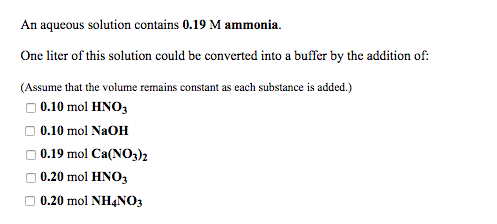
Here, we present a custom field-deployable direct absorption laser spectrometer and demonstrate its analytical capabilities for in situ atmospheric HNO3 measurements. Precise and accurate measurements of ambient HNO3 are crucial for understanding various atmospheric processes, but its ultra-low trace amounts and the high polarity of HNO3 have strongly hindered routine, widespread, direct measurements of HNO3 and restricted field studies to mostly short-term, localized measurement campaigns. Highly significant relationship between HNO3 vapor doses and its accumulation in the upper layers of soils indicates that carefully prepared soil samples (especially clay fraction) may be useful as passive samplers for evaluation of ambient concentrations of HNO3 vapor. Extractable NO3− from surface soils collected from a low-pollution site ranged between 1 and 8 μg NO3–N g−1, compared to a maximum of 42 μg NO3–N g−1 for soils collected from a highly polluted site. The difference in NO3− occurred only in the upper 1–2 cm as no significant differences in NO3− concentrations were found in the 2–5 cm soil layers. Experiment (3) showed that soil samples collected from open sites had about 2.5 more extractable NO3− as compared to samples collected from beneath shrub canopies. Experiment (2) indicated that the presence of coarse particulate NO3− could effectively block absorption sites of soils for HNO3 vapor. Absorption of HNO3 occurred mainly in the top 1 mm layer of the soil samples and the presence of water increased HNO3 absorption by about 2-fold. While the sand and silt fractions showed a tendency to saturate, the clay samples did not after 32 days of exposure under highly polluted conditions.

After 32 days, the highest absorption of HNO3 was determined for clay, followed by silt and sand. The results from experiment (1) indicated that the amount of extractable NO3− from isolated sand, silt and clay fractions increased with atmospheric concentration and duration of exposure. Deposition of nitric acid (HNO3) vapor to soils has been evaluated in three experimental settings: (1) continuously stirred tank reactors with the pollutant added to clean air, (2) open-top chambers at high ambient levels of pollution with and without filtration reducing particulate nitrate levels, (3) two field sites with high or low pollution loads in the coastal sage plant community of southern California.


 0 kommentar(er)
0 kommentar(er)
